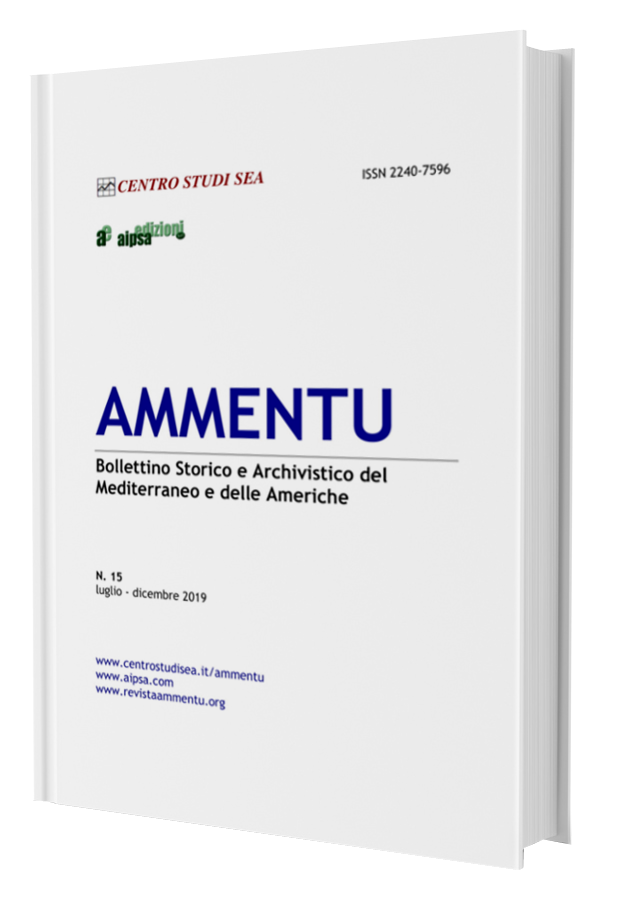Incidencia del acoso a la mujer en el área laboral
##plugins.pubIds.doi.readerDisplayName##:
https://doi.org/10.19248/ammentu.351Parole chiave:
acoso laboral, acoso sexual, acoso psicológico, mujer, abuso de poderAbstract
El acoso laboral es generado dentro de la sociedad actual, como una de las expresiones de violencia que surge como una consecuencia del abuso de poder por parte de determinados individuos que, al estar ubicados en cargos superiores, utilizan estos mecanismos para satisfacer sus necesidades personales, sin importar las secuelas psicológicas que vayan a causar en la victima. Objetivo del presente trabajo investigativo es determinar la incidencia de acoso a la mujer en el área laboral, identificar la prevalencia del tipo de acoso y analizar el estado emocional de la víctima de acoso. Metodología que se utilizó fue desde un enfoque cuantitativo y cualitativo, de tipo descriptivo, exploratorio, de corte trasversal. Mediante un cuestionario validado por expertos, y una entrevista a profundidad que ayuda a medir las variables objeto de estudio. Resultados, el 60% de mujeres encuestadas han sufrido de acoso laboral, debido al exceso de trabajo en contra su voluntad. Por otra parte, se analizó que el acoso que predomina es el “psicológico”. Las emociones se manifestaron con mayor intensidad fueron: enojo y ansiedad. Conclusiones. Las estadísticas sobre el acoso en nuestro país van en ascenso, se realiza una comparación con estadísticas anteriores y se confirma que el acoso de parte de los hombres hacia la mujer en esta área es de tipo psicológico, en su mayoría no llegan a la agresión. Pero las intimidaciones producen afecciones psíquicas y afectan la capacidad productiva, con efectos colaterales en la familia de las víctimas.##submission.downloads##
Pubblicato
2019-12-30
Fascicolo
Sezione
DOSSIER - SALUD Y BIENESTAR EN AMBITO LABORAL
Licenza
Nota di copyright (=>sc)
Le informazioni sul copyright inserite sotto compariranno tra le informazioni della rivista e nei metadati di ciascun articolo pubblicato. Sebbene una rivista sia libera di determinare forma e sostanza del copyright agreement con i suoi autori, il Public Knowledge Project suggerisce l'uso di una licenza Creative Commons license. A tal fine, fornisce un esempio che puo essere copiato e incollato nello spazio qui sotto per le riviste che (a) offrono open access, (b) offrono delayed open access, or (c) non offrono open access. (=>sc)









